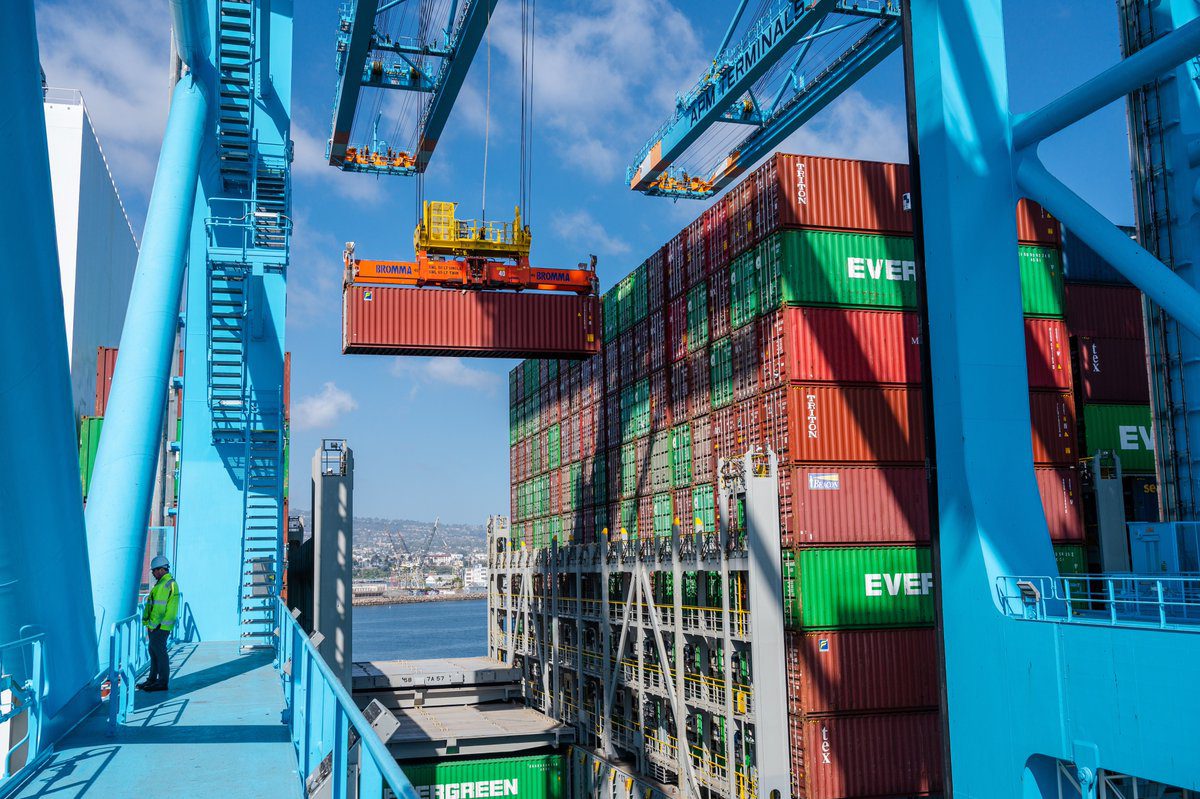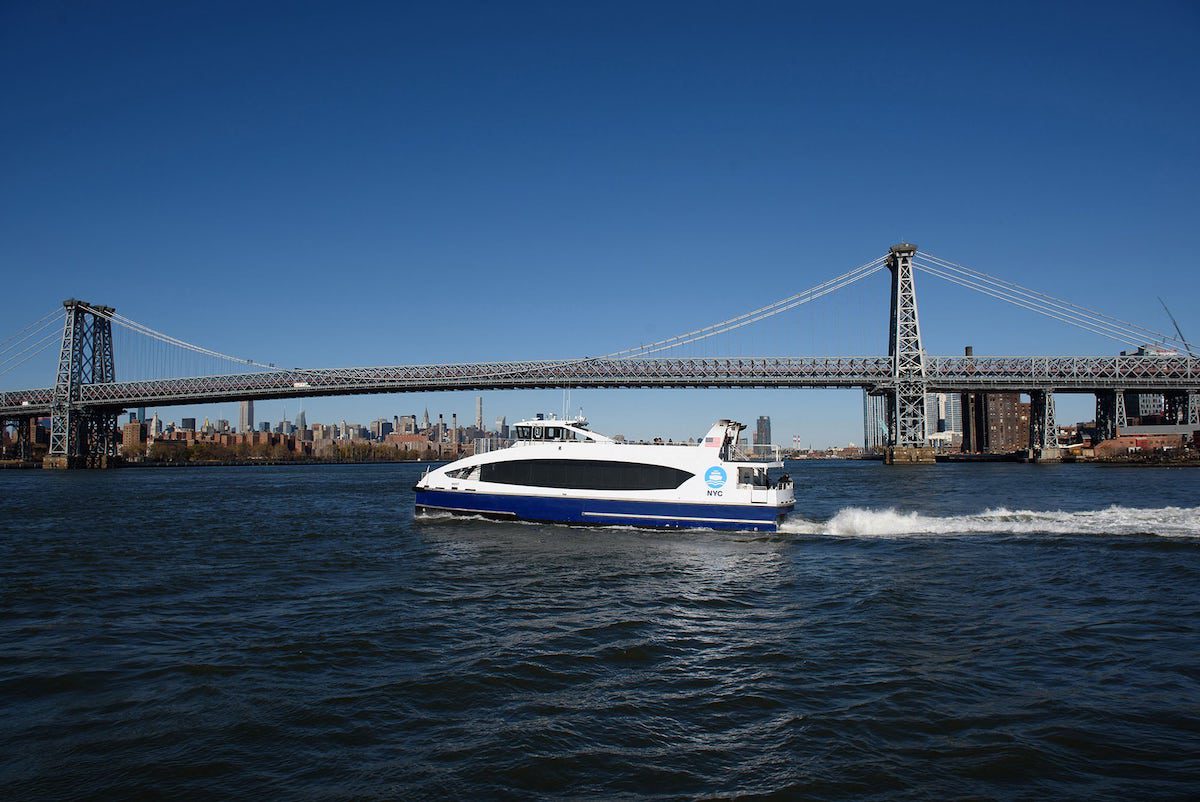The Transport Accident Investigation Commission of New Zealand has highlighted significant safety concerns that require immediate attention within the country’s stevedoring sector.
In its recently published final report on two fatal accidents in April 2022, the Commission emphasized the need for action. The first incident occurred on April 19th at the Port of Auckland, when a stevedore working on a container vessel was crushed to death when a suspended 40-foot container was lowered onto them. The second incident took place on April 25th at Lyttelton Port, where a stevedore involved in loading coal onto a bulk carrier was tragically found deceased, buried under coal on the vessel’s deck.
Naveen Kozhuppakalam, the Chief Investigator of Accidents, identified three broad safety issues for the entire stevedoring sector: regulatory activity, cohesion within the sector, and individual employers’ safety management.
The Commission is urging industry regulators Maritime NZ and WorkSafe to take a “just culture” approach that emphasizes insight, information sharing, risk management maturity, and continuous learning.
“If regulators can do that, then it’s more likely that stevedoring will be able to make progress towards operating more like businesses in other high-risk industries, where training, qualifications, and adherence to standards are part of business-as-usual,” said Kozhuppakalam.
To promote industry-wide safety, the Commission recommends that Maritime NZ collaborates with the stevedoring industry to establish a risk management code of practice, minimum training standards, and ongoing improvements, including the sharing of safety information among industry players.
“We need to move on from stevedoring organisations deciding for themselves how they will meet safety requirements,” said Kozhuppakalam. “They receive insufficient regulatory oversight, lack industry-wide safety standards, and lack the formal safety management oversight and monitoring required of other industries. There is minimal proactive gathering and sharing of safety information, and too few appreciate the benefits of a good safety culture.”
The stevedore’s employer at the Port of Auckland was Wallace Investments Ltd, while Lyttelton Port Company Ltd employed the stevedore involved in the Lyttelton incident. The Commission found that the companies demonstrated weaknesses in risk identification and mitigation, communication, and supervisory oversight. Also, reliance on administrative risk controls, such as rules and guidelines, proved insufficient in managing workplace risks. The Commission said the effectiveness of these controls depends on active safety leadership, good supervision, and a culture of safe working behavior.
The Commission has issued one recommendation to Wallace Investments and two recommendations to Lyttelton Port Company.

 Join The Club
Join The Club










